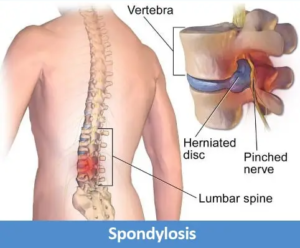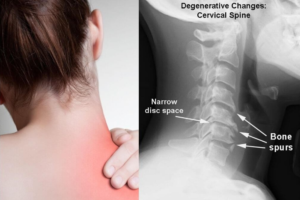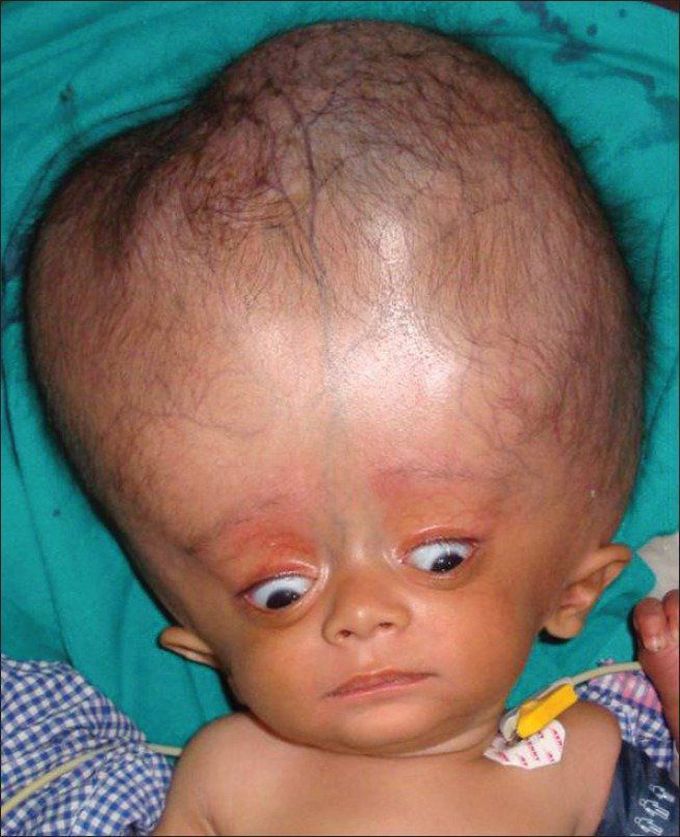HEAD INJURIES & MULTI-TRAUMA:
We have a dedicated and proactive team, led by Dr. Umesh Phalke, committed to treating head injuries with the utmost care. The comprehensive approach to addressing various aspects of head injuries, from minor concussions to severe cases requiring surgical intervention, is crucial for ensuring the best possible outcomes for patients.
The emphasis on close observation under the care of a neurosurgeon, especially in cases requiring Neuro ICU admission, highlights the importance of specialized care in managing head injuries. The recognition of the need for surgical intervention in certain cases, such as stopping internal bleeding or relieving pressure inside the skull, reflects the team’s commitment to preserving life and maximizing functionality.
The consideration of multi-trauma treatment is essential, acknowledging the interconnectedness of different body systems and organs. Prioritizing spinal stabilization in unconscious patients with cervical spinal injuries, as well as constant monitoring of airway, breathing, and circulation, underscores the holistic approach to patient care.
The focus on preventing secondary brain injuries, including hypotension, hypercapnia, hypertension, hypo/hyperglycemia, and hyperthermia, demonstrates a commitment to minimizing complications and optimizing recovery. Awareness of potential complications, such as meningitis and blood vessel damage, underscores the team’s vigilance in preventing and addressing additional risks that may arise from head injuries.
Overall, the outlined approach at Phalke Neuro to be comprehensive, patient-centered, and geared towards achieving the best possible outcomes for individuals with head injuries.
If you have any specific inquiries or require further clarification, feel free to consult us!
BRAIN TUMORS:
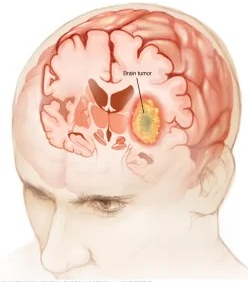
Brain tumors, characterized by the abnormal growth of cells within the brain tissue, can be either cancerous or noncancerous. The peril lies in their potential to exert pressure on the surrounding normal brain, elevating intracranial pressure, and their capacity to spread, causing damage to the brain tissue. Common symptoms include headaches, vomiting, seizures, impaired vision, hearing and speech difficulties, weakness, paralysis, and balance issues, often accompanied by confusion and excessive sleepiness.
The primary mode of treatment is surgery, where complete removal is possible for simpler tumors, while cancerous ones may necessitate additional therapies like radiotherapy and chemotherapy post-surgery. Phalke Neuro specializes in the radical removal of various brain and spinal tumors, boasting remarkable results comparable to leading neurosurgery centers.
Advanced technologies are routinely employed at Phalke Neuro for optimal outcomes. Neuronavigational facilitates precise planning and execution during tumor excision by providing guidance within the skull or spine. Stereotactic brain tumor surgery employs MRI or CT, combined with a metal frame on the patient’s head, for biopsy within the brain. The CUSA machine is utilized to extract brain tumors without causing harm to surrounding healthy tissue. Additionally, the Zeiss operating microscope ensures adjustable magnification, bright illumination, and clear visualization during surgery.
Individuals experiencing symptoms indicative of brain tumors are encouraged to promptly seek medical attention. Early diagnosis and the utilization of cutting-edge technologies in neurosurgery contribute significantly to enhanced treatment outcomes and patient well-being.
If you have any specific inquiries or require further clarification, feel free to consult us!
HYDROCEPHALUS:
Hydrocephalus is the collection of fluid in cavities deep inside brain. The excess fluid increases the size of these cavities and puts pressure on surrounding brain. Cerebrospinal fluid usually flows through the ventricles and bathes the brain and spine.
We routinely treat these cases. Few cases can be managed without any surgical interventions. The most common treatment for hydrocephalus is the surgical insertion of a V P Shunt-drainage system. It consists of a long, flexible tube with a valve that keeps fluid from the brain to the connected body cavity. There are different kinds of shunts which different amount of fluid according to the pressure within the cavities.
If you have any specific inquiries or require further clarification, feel free to consult us!
TRIGEMINAL NEURALGIA:
Trigeminal neuralgia is indeed a challenging condition characterized by intense, stabbing pain in the face. The trigeminal nerve, responsible for facial sensation, can be affected, leading to excruciating pain episodes. It’s positive to hear that many patients can be managed with medications, but surgical intervention becomes necessary for some cases. 
We address the aberrant vessels irritating the trigeminal nerve by surgery, known as microvascular decompression (MVD). This procedure aims to relieve pressure on the nerve by identifying and separating the offending blood vessel from the trigeminal nerve. There is need to place a small cushion between the vessel and the nerve to prevent further irritation.
While medications like anticonvulsants and other pain relievers are often the first line of treatment, they may not provide sufficient relief for all patients, or side effects may limit their use. Surgical options are considered when conservative approaches are ineffective or not well-tolerated.
It’s important to determine the most appropriate treatment plan for the specific case, as the severity and response to interventions can vary among patients.
If you have any specific inquiries or require further clarification, feel free to consult us!
SPINAL DISESES: 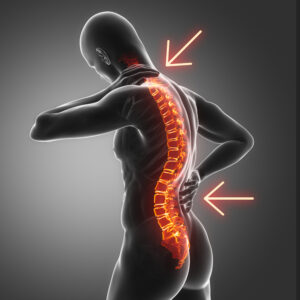
The Spine is a unique structure on many accounts. The varied pathological states may not only affect the structure and mechanical function of the spine but can also lead to deformity, paralysis or neurogenic pain. To care the vital spinal cord and nerve roots is very important. There is a need for involvement of many other specialties in the field of Spine, Imaging, Electrophysiological evaluation of spinal cord and nerve functions and an expert spinal clinician to evaluate these patients.
BRAIN STROKE: Ischemic & Hemorrhagic
What is a stroke?
A stroke is a life-threatening condition that happens when part of your brain doesn’t have enough blood flow. This most commonly happens because of a blocked artery or bleeding in your brain. Without a steady supply of blood, the brain cells in that area start to die from a lack of oxygen.

What are the types of strokes?
There are two main ways that strokes can happen: ischemia and hemorrhage.
1. Ischemic stroke
Ischemia is when cells don’t get enough blood flow to supply them with oxygen. Ischemic strokes are the most common and account for about 80% of all strokes. Ischemic strokes usually happen in one of the following ways:
- Formation of a clot in your brain (thrombosis).
- A fragment of a clot that formed elsewhere in your body that breaks free and travels through your blood vessels until it gets stuck in your brain (embolism).
- Small vessel blockage (lacunar stroke), which can happen when you have long-term, untreated high blood pressure (hypertension), high cholesterol (hyperlipidemia) or high blood sugar (Type 2 diabetes).
- Unknown reasons (these are cryptogenic strokes; the word “cryptogenic” means “hidden origin”).
2. Hemorrhagic stroke
Hemorrhagic strokes cause bleeding in or around your brain. This happens in one of two ways:
- Bleeding inside brain – This happens when a blood vessel inside of your brain tears or breaks open, causing bleeding that puts pressure on the surrounding brain tissue.
- Bleeding into the subarachnoid space- The arachnoid membrane, a thin layer of tissue with a spiderweb-like pattern on it, surrounds your brain. The space between it and your brain is the subarachnoid space. Damage to blood vessels that pass through the arachnoid membrane can cause a subarachnoid hemorrhage, putting pressure on the brain tissue underneath.
We treat a stroke depends on many different factors. The most important factor in determining treatment is what kind of stroke a person has.
If you have any specific inquiries or require further clarification, feel free to consult us!
MULTIPLE SCLEROSIS:
Multiple Sclerosis (MS) is an inflammatory, autoimmune, demyelinating disease of the central nervous system that destroys myelin, oligodendrocytes, and axons (14). The name relates to the multiple hardened (sclerotic) lesions and scars in the brain and spinal cord. Initial symptoms may include extreme fatigue, vertigo, optic neuritis, and numbness in the extremities. Most patients experience relapsing-remitting episodes that over time can lead to progressive neurological deterioration.
Current therapies for MS are designed to delay disease progression by immuno-modulation or immunosuppression. Until recently, the slowing accumulating neurological damage has remained mostly irreversible. Today, there is increased optimism about slowing and perhaps reversing the disease with a comprehensive program that includes stem cell therapies along with therapies that improve blood circulation, myelin regeneration, mitochondrial energy production and dietary, anti-inflammatory, antimicrobial and antioxidant factors.
If you have any specific inquiries or require further clarification, feel free to consult us!
PARKINSON’S DISEASE:
Parkinson’s Disease is a chronic, progressive neurodegenerative disorder characterized by tremor, rigidity of limbs and body, slowness of movement and loss of balance and coordination. These characteristics were described in ancient Ayurvedic literature in India 6500 years ago.
:max_bytes(150000):strip_icc()/parkinsonism-causes-symptoms-and-treatment-5189631_final-01-06edf39f8a2a42f59d40151e8dd405b4.jpg)
Those suffering from Parkinson’s Disease may have an 80% or more loss in the neurons that produce dopamine. This severe deficiency causes neurons in a part of the brain called corpus striatum to fire unevenly and sporadically, resulting in an inability to execute smooth movements. Factors that contribute to the destruction of dopamine-producing neurons include genetic susceptibility, toxic chemicals such as pesticides and air pollution, infections (including prenatal infections), hypoxia, homocysteine, heavy metal toxicity and free radical damage.
If you have any specific inquiries or require further clarification, feel free to consult us!
CONGENUITAL BRAIN & SPINAL DEFECTS
Congenital spine abnormalities are disorders of the spine that develop very early in life. Some common congenital spine abnormalities include:
Spina bifida, including open spina bifida (Myelomeningocele) and closed spina bifida (spina bifida occulta)
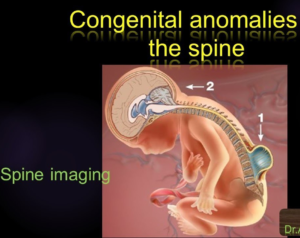
Tethered spinal cord
Abnormal spinal alignment such as kyphosis, lordosis and scoliosis
Chiari malformation, a congenital defect in the back of the head where the brain and spinal cord connect.
Syringomyelia, a condition in which a syrinx (a cyst, or collection of fluid) forms in the spinal cord.
BRAIN INFECTION

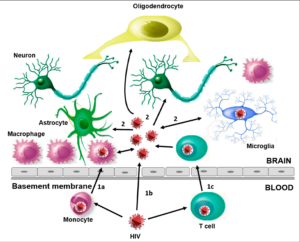
The most common types of brain infections are encephalitis and meningitis. Encephalitis is caused by a virus, bacteria, or other agents that directly infect the brain tissue.
Meningitis is caused by an infection of the meninges, the membranes that surround the brain and spinal cord. Brain infections can cause serious symptoms and complications, such as seizures, confusion, coma, brain damage, or death
SPONDYLOSIS
